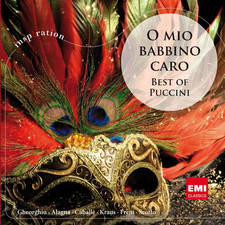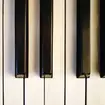Early violins designed to mimic the sound of the human voice, new study finds
18 July 2018, 11:06 | Updated: 18 July 2018, 11:08
New research carried out by the National Taiwan University has found that the sound of violins made by Amati and Stradivarius closely mimics the resonances of the human voice
The design of the modern violin has barely changed since Andrea Amati began making his instruments in Cremona, Italy in the 16th century. And now scientists think they may have pinpointed why his design has endured for almost 500 years.
It is well established that early violin makers strived to recreate the sound of the human voice. The Baroque violinist Francesco Geminiani (who was born in Italy in 1687) wrote in his work The Art of Playing on the Violin, that the secret to performance was “giving the instrument a tone that shall in a manner rival the most perfect human voice.”

Inspired by Geminiani’s writings, Hwan-Ching Tai, Yen-Ping Shen, Jer-Horng Lin and Dai-Ting Chung decided to find out use speech analysis techniques to look in detail at the resonances of a number of violins. The study included two of the oldest to have survived: the 1570 Andrea Amati violin and the 1560 Gasparo da Salo violin.
Read more: Can you tell the difference between a Stradivarius and a modern copy?
They also analysed the sound of six Stradivari violins as well as seven Italian violins from the same period. The scientists compared the sounds of the violins with the sounds of eight female and eight male singers singing English vowels.
They were specifically looked at formants – a characteristic feature of human voices when vocalising vowels.
And the team found that the resonance of Amati instruments was very close to that of a male singing voice while those made by Stradivari more closely resembled the sound of tenors and altos.
“The early violin was not a solo instrument but an accompaniment to songs and dances,” said Hwan-Ching Tai. “It is conceivable that Andrea Amati may have wanted to build a string instrument that could imitate human voices to blend into such music.”
The study was published in the Proceedings of the National Academy of Sciences of the United States of America.

























